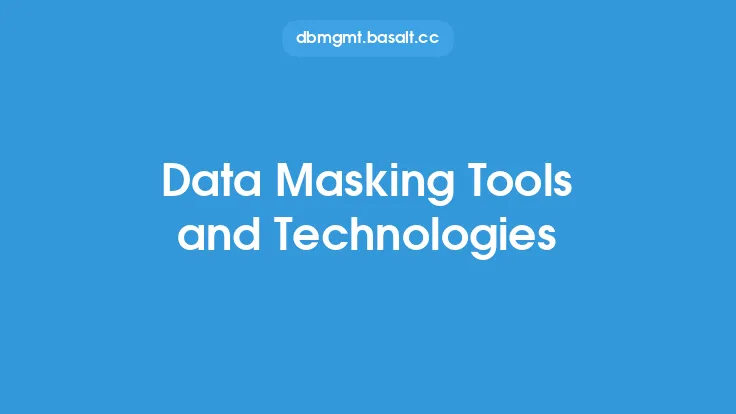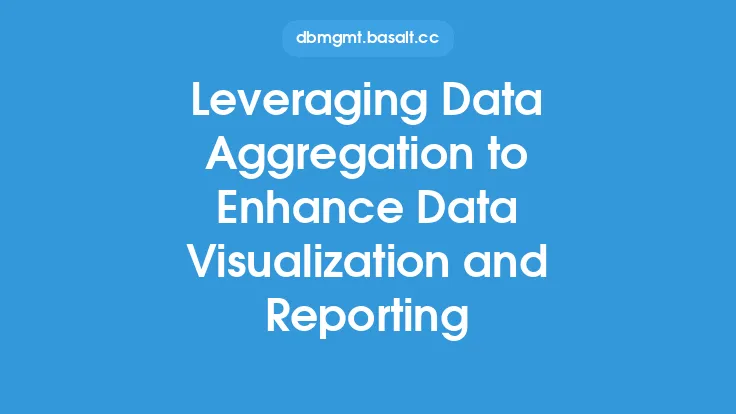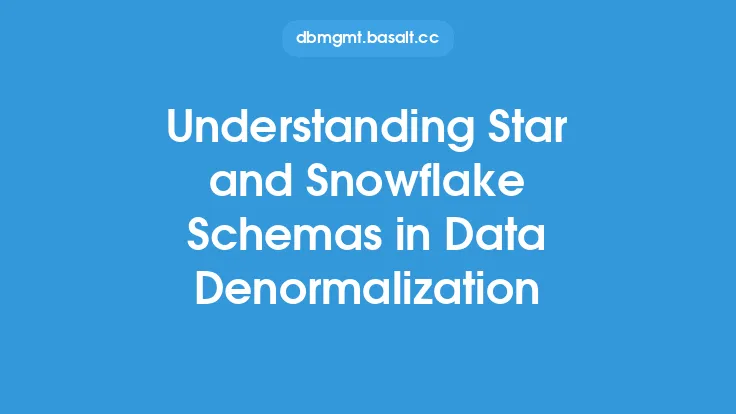Data masking is a crucial aspect of database security, and it involves hiding sensitive information from unauthorized users. Within data masking, there are two primary techniques: static and dynamic data masking. Understanding the differences between these two methods is essential for implementing effective data protection strategies.
Introduction to Static Data Masking
Static data masking involves creating a copy of the original data and then masking the sensitive information in the copied data. This technique is typically used for non-production environments, such as development, testing, and training. The masked data is stored in a separate database or data storage system, and it is not updated in real-time. Static data masking is often used for data that does not change frequently, such as historical data or archived data. The advantages of static data masking include its simplicity and low overhead, as it does not require significant changes to the existing database infrastructure. However, the main disadvantage is that it can become outdated if the original data changes, which can lead to inconsistencies between the masked and original data.
Introduction to Dynamic Data Masking
Dynamic data masking, on the other hand, involves masking sensitive information in real-time, without creating a copy of the original data. This technique is typically used for production environments, where data is constantly being updated and accessed. Dynamic data masking uses policies and rules to determine what data to mask and when to mask it. The masking is applied on the fly, as the data is being retrieved or accessed. Dynamic data masking is often used for data that changes frequently, such as transactional data or real-time data. The advantages of dynamic data masking include its ability to provide real-time protection and its flexibility in handling changing data. However, the main disadvantage is that it can introduce additional latency and overhead, as the masking process needs to be performed in real-time.
Key Differences Between Static and Dynamic Data Masking
The key differences between static and dynamic data masking lie in their approach to masking sensitive information. Static data masking creates a copy of the original data and masks the sensitive information in the copied data, whereas dynamic data masking masks the sensitive information in real-time, without creating a copy of the original data. Static data masking is typically used for non-production environments, whereas dynamic data masking is used for production environments. Another significant difference is that static data masking can become outdated if the original data changes, whereas dynamic data masking always reflects the current state of the data.
Technical Implementation of Static and Dynamic Data Masking
From a technical perspective, static data masking typically involves using data masking tools or software to create a masked copy of the original data. This can be done using various algorithms and techniques, such as substitution, encryption, or tokenization. The masked data is then stored in a separate database or data storage system. Dynamic data masking, on the other hand, typically involves using data masking policies and rules to determine what data to mask and when to mask it. This can be done using various techniques, such as data masking gateways or plugins, which intercept and mask the data in real-time. The masking policies and rules can be based on various factors, such as user identity, role, or permissions.
Use Cases for Static and Dynamic Data Masking
Static data masking is often used in scenarios where data is not changing frequently, such as in development, testing, or training environments. For example, a company may use static data masking to create a masked copy of its customer database for use in a development environment. Dynamic data masking, on the other hand, is often used in scenarios where data is changing frequently, such as in production environments. For example, a company may use dynamic data masking to mask sensitive information in its customer database in real-time, as the data is being accessed by authorized users.
Challenges and Limitations of Static and Dynamic Data Masking
Both static and dynamic data masking have their challenges and limitations. Static data masking can become outdated if the original data changes, which can lead to inconsistencies between the masked and original data. Dynamic data masking, on the other hand, can introduce additional latency and overhead, as the masking process needs to be performed in real-time. Additionally, dynamic data masking requires significant changes to the existing database infrastructure, which can be complex and time-consuming. Another challenge is that data masking policies and rules need to be constantly updated and maintained to ensure that the masking is effective and accurate.
Conclusion
In conclusion, static and dynamic data masking are two essential techniques for protecting sensitive information in databases. Understanding the differences between these two methods is crucial for implementing effective data protection strategies. Static data masking is suitable for non-production environments, where data is not changing frequently, whereas dynamic data masking is suitable for production environments, where data is constantly being updated and accessed. While both techniques have their advantages and disadvantages, they can be used together to provide comprehensive protection for sensitive information. By using a combination of static and dynamic data masking, organizations can ensure that their sensitive information is protected from unauthorized access, while also minimizing the overhead and latency associated with data masking.





